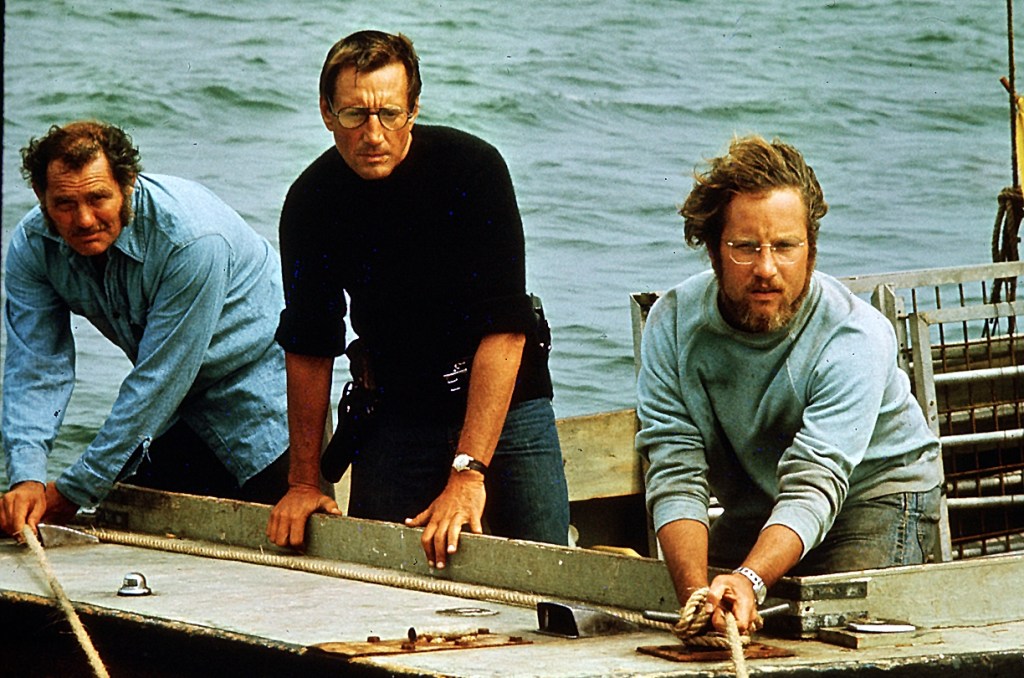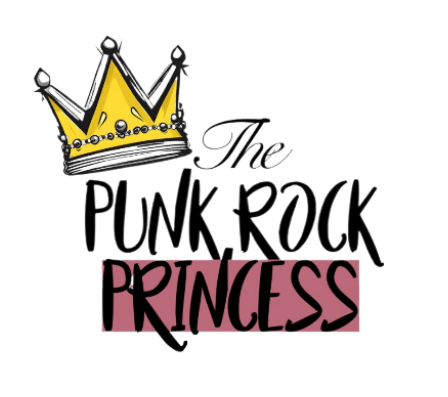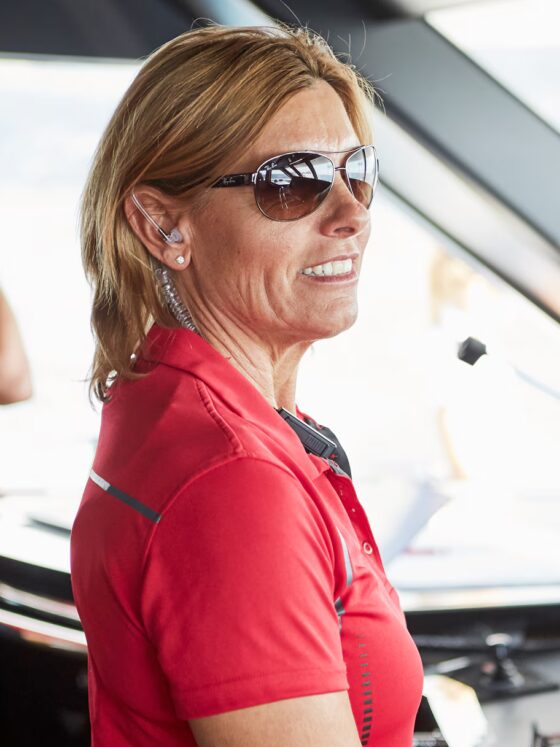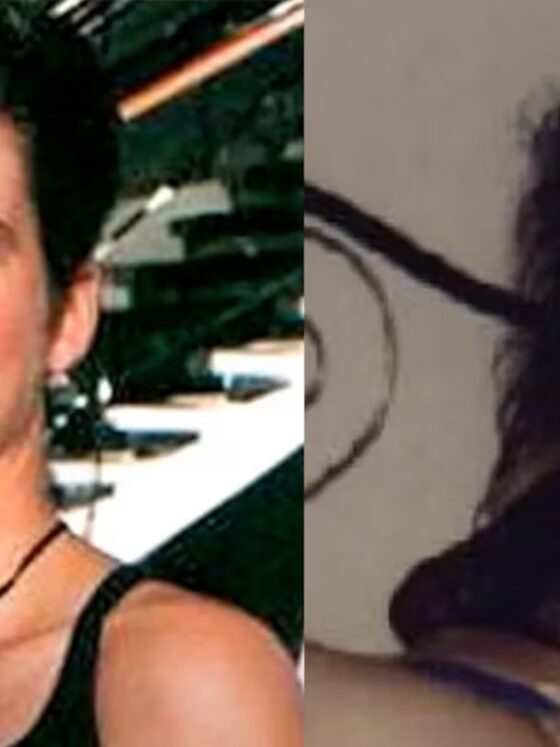“You’re going to need a bigger boat.” Admit it—you just heard Roy Scheider say that line. Welcome to the thrilling, toothy depths of Spielberg’s masterpiece: Jaws. Released in 1975 and based on Peter Benchley’s gripping 1974 novel, this movie didn’t just thrill—it changed cinema forever.
The wild budget ride
Originally set at just $3.5 million, Jaws bit off way more than it planned, swelling to an enormous $9 million by the time cameras stopped rolling. But the gamble paid off spectacularly, raking in an incredible $471 million worldwide.

“You’re going to need a bigger boat”—An iconic ad-lib
Roy Scheider’s most memorable line wasn’t scripted—it was a brilliant improvisation that became cinema gold.
“I was just reacting to the shark—never expected it to become legendary.” — Roy Scheider
Spielberg gets wet and wild
Spielberg knew perspective mattered, so he filmed around 25% of Jaws from a water level. The reason? The goal was to make audiences feel as if they were helplessly treading water alongside the film’s terrified swimmers.
Behind-the-scenes chaos: “Flaws”

Production disasters were so frequent that crew members privately nicknamed the troubled shoot “Flaws”. The initial 55-day shoot escalated to an astounding 159 days, challenging the crew’s patience and creativity to their limits.
Are we witnessing a tourist boom or doom?
Before Jaws hit theatres, Martha’s Vineyard welcomed about 5,000 summer tourists annually. Post-release, that number surged dramatically to 15,000, turning quiet shores into crowded beaches overnight.
Spielberg’s canine cameo
Even Spielberg’s dog, Elmer, got screen time—playing Brody’s dog in the film.
Paid to scream
Locals on Martha’s Vineyard received a handsome $64 for simply sprinting across the beach. It seems like a simple way to make money, doesn’t it?
Orca down! Cameras underwater!
In a stunning disaster, the orca actually sank during filming, plunging Spielberg’s camera underwater. Thankfully, quick action saved the footage in New York. Talk about high-stakes filmmaking!
Crab motivation? Coffee!
To coax crabs to move during Chrissie’s grisly discovery, the crew poured hot coffee around them. Who knew crabs preferred caffeine?
John Williams’ musical genius
When John Williams first played his iconic two-note shark theme, Spielberg thought it was a joke. Today, Spielberg credits that ominous score for half the film’s success:
“The score was clearly responsible for half of the success of that movie.” — Steven Spielberg
Holiday scare factor
Unbelievably, Jaws had a significant impact on the package holiday industry. Beaches suddenly seemed less inviting…
Robert Shaw’s epic monologue saga
Robert Shaw struggled with alcohol during filming. His first attempt at the USS Indianapolis speech was unusable due to drunkenness. The next day, after a sincere apology to Spielberg, he nailed the entire speech flawlessly in just one take.
Bruce, Bruce, and Bruce

Three mechanical sharks named “Bruce” (after Spielberg’s lawyer) cost approximately $250,000 each. One Bruce was lost at sea, adding yet another calamity to an already chaotic production.
Buried alive for realism
Spielberg thought the fake arm prop looked too phoney, so instead, a female crew member was buried in the sand with just her arm visible for that eerie, realistic touch.
A slap too real

Lee Fierro, portraying grieving mother Mrs Kintner, struggled to fake her slap. Poor Roy Scheider endured real smacks across the face repeatedly until the scene was perfect.
Spielberg almost wasn’t the director
Spielberg wasn’t the first choice to direct Jaws. The original director suggested opening with a whale (yes, a whale!) instead of a shark. Someone quickly showed him the door.
Spielberg’s clarinet cameo
During the iconic beach scene, Spielberg himself played the first clarinet.
Richard Dreyfuss vs Robert Shaw
Tension wasn’t just in the water—Robert Shaw and Richard Dreyfuss famously clashed throughout filming, making their on-screen rivalry eerily authentic.
Benchley’s regret
Peter Benchley later expressed deep regret over his negative portrayal of sharks, saying he wouldn’t have written the book if he’d understood real shark behaviour better.
Spielberg’s cinematic legacy
From thrilling storytelling to unprecedented filming challenges, Jaws didn’t just launch Spielberg’s career—it defined summer blockbusters forever, drawing 67 million viewers in the US alone during its initial run.
Conclusion: Still swimming strong
The depths of Jaws continue to captivate and terrify audiences worldwide. Each behind-the-scenes secret and unexpected challenge enhances our appreciation for this legendary film, reminding us why Spielberg’s masterpiece remains a thrilling voyage worth revisiting time and again.
















